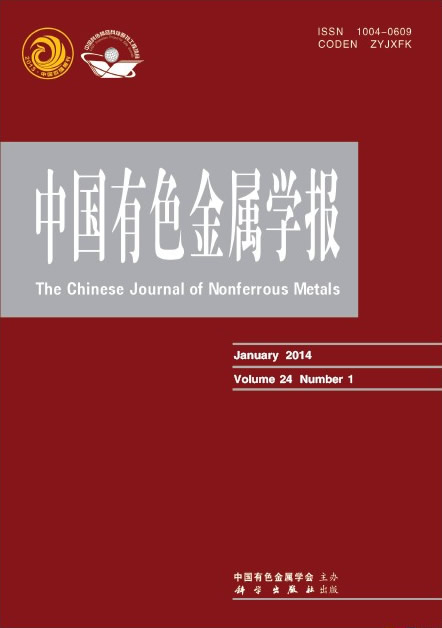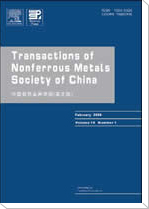(1. 哈尔滨工程大学 生物医学材料与工程研究中心,哈尔滨 150001;
2. 北京大学 工学院,北京 100871)
摘 要: 采用金相显微镜和X射线衍射仪分析生物医用Ti-22Nb,Ti-25Nb及Ti-22Nb-2Zr/Hf合金的显微组织和相组成,采用圆盘式摩擦实验机和维氏硬度计研究合金的耐磨性,利用扫描电子显微镜观察摩擦后合金的表面形貌,主要考察合金元素(Zr,Hf)和热处理工艺对Ti-Nb基合金耐磨性的影响,分析其摩擦机制。结果表明:钛合金中添加Nb,Zr,Hf元素均能够稳定β相;Zr和Hf元素的固溶强化使合金的耐磨性提高;时效处理析出α相同样使Ti-22Nb和Ti-22Nb-2Zr/Hf合金的耐磨性得到提高。
关键字: Ti-Nb基合金;医用钛合金;显微组织;耐磨性
(1. Center for Biomedical Materials and Engineering, Harbin Engineering University, Harbin 150001, China;
2. College of Engineering, Peking University, Beijing 100871, China)
Abstract:The microstructure and phase constitution of biomedical Ti-22Nb, Ti-25Nb and Ti-22Nb-2Zr/Hf alloys were investigated by optical microscopy and X-ray diffractometry (XRD). The influence of the alloying elements (Zr and Hf) and heat treatment on the wear behavior of the alloys was revealed by ping-on-disc wear test and Vickers hardness tester. The wear morphology was observed by scanning electron microscopy. The wear mechanism was analyzed according to the experimental results. The results show that the addition of Nb, Zr and Hf elements can stabilize the β phase. The wear results indicate that the wear resistance of solution-treated titanium alloys can be improved because of the solid solution strengthening of Zr and Hf elements. In addition, aging process can also improve the wear resistance of the Ti-22Nb and Ti-22Nb-2Zr/Hf alloys with the precipitation of α phase.
Key words: Ti-Nb based alloys; biomedical Ti alloy; microstructure; wear behavior


